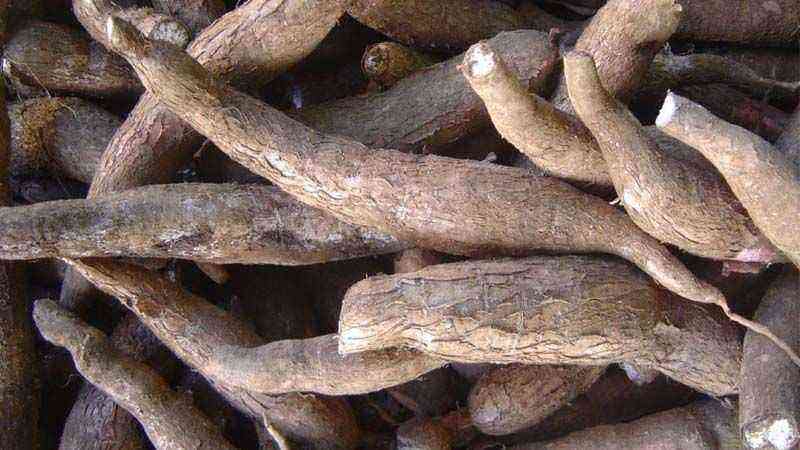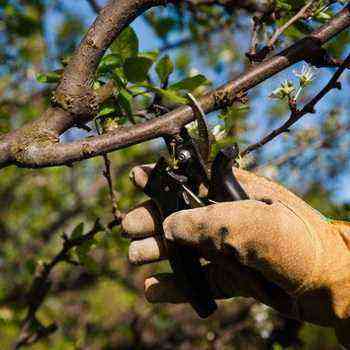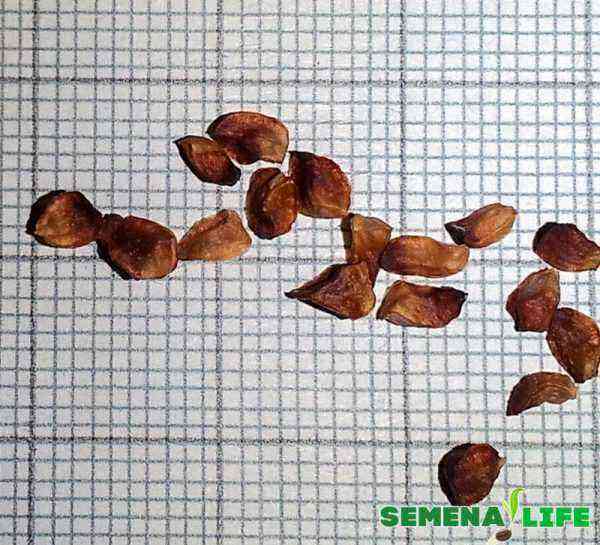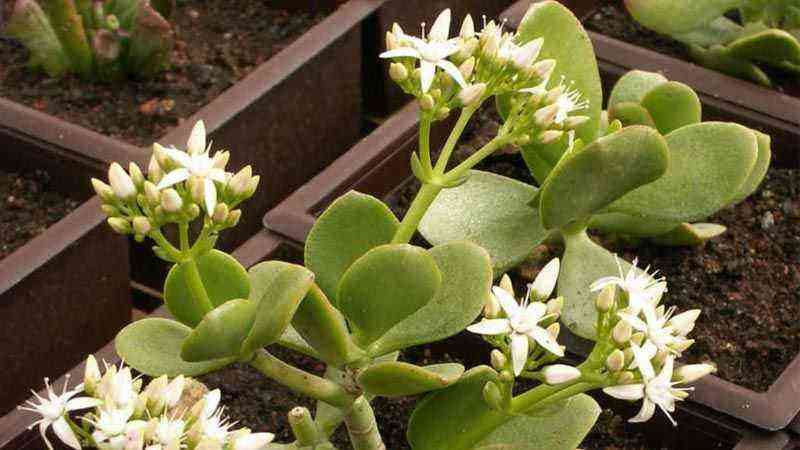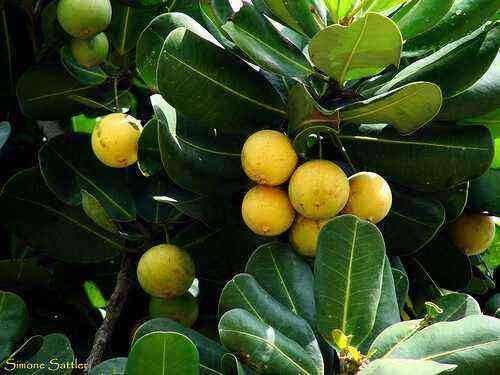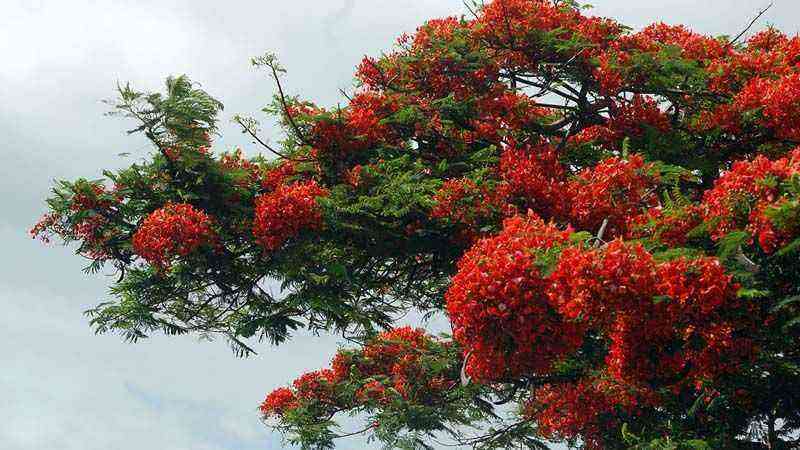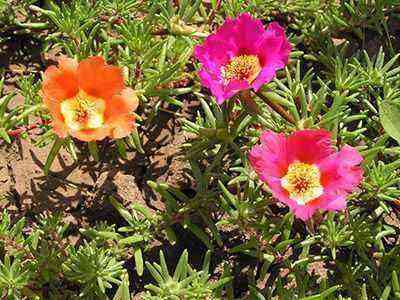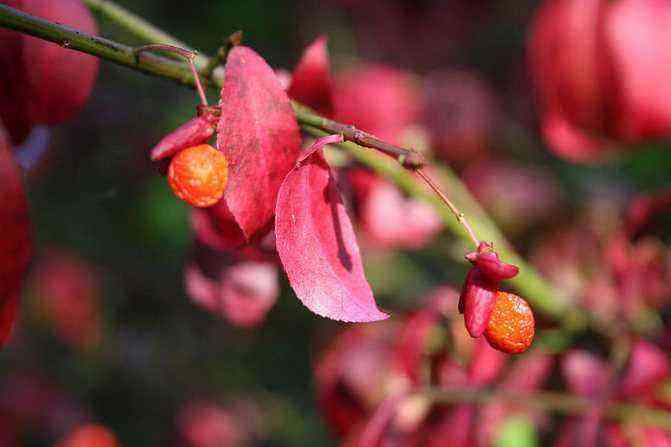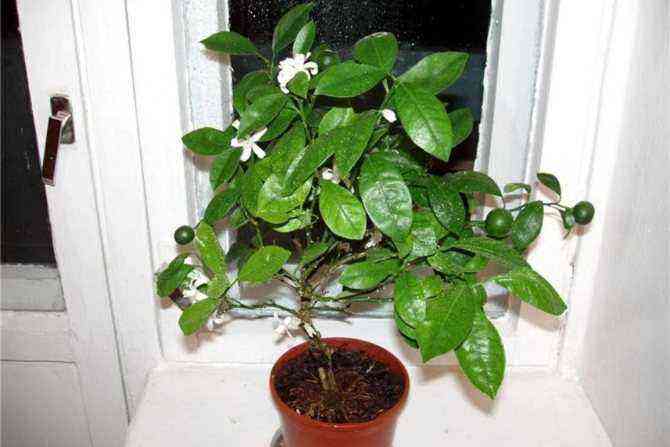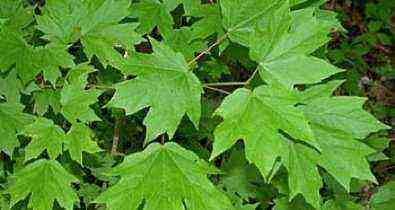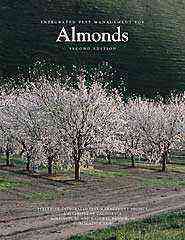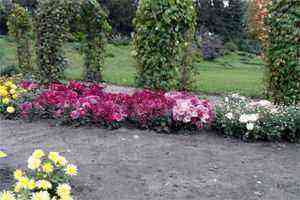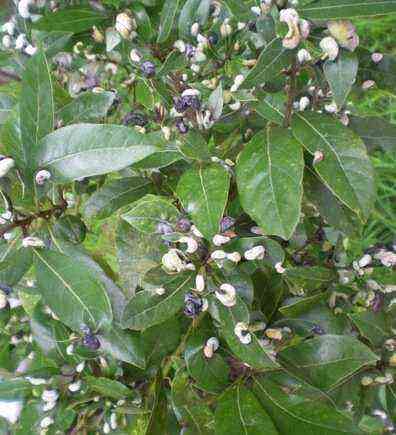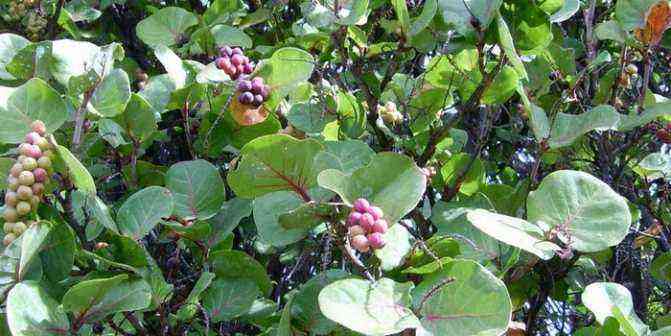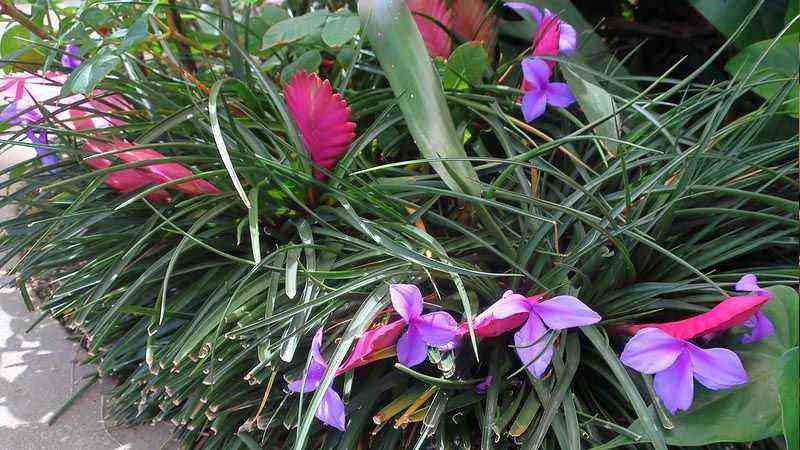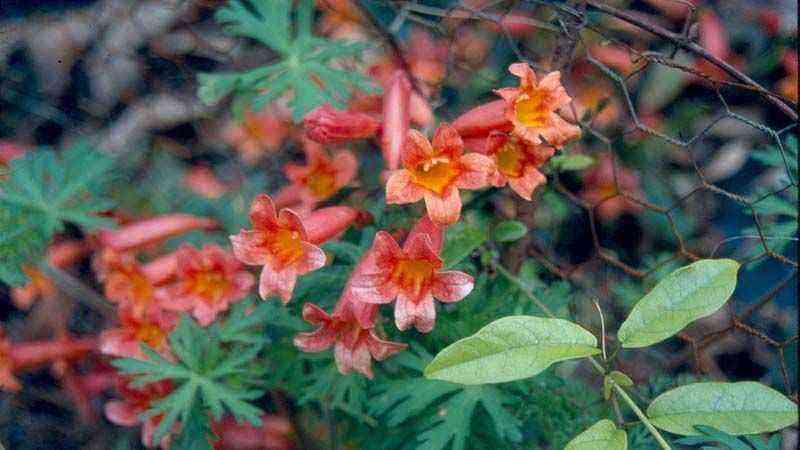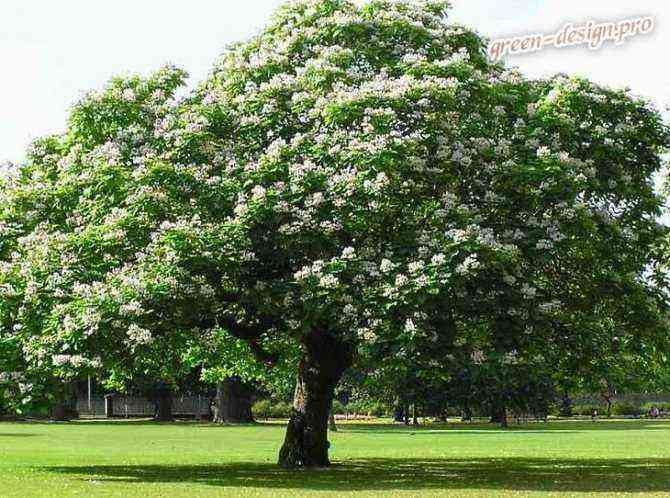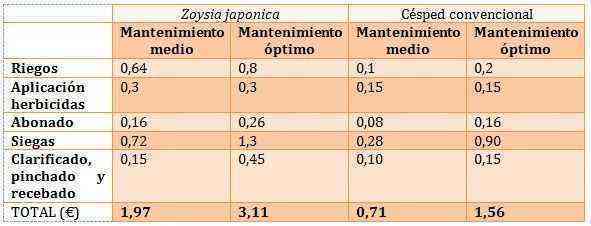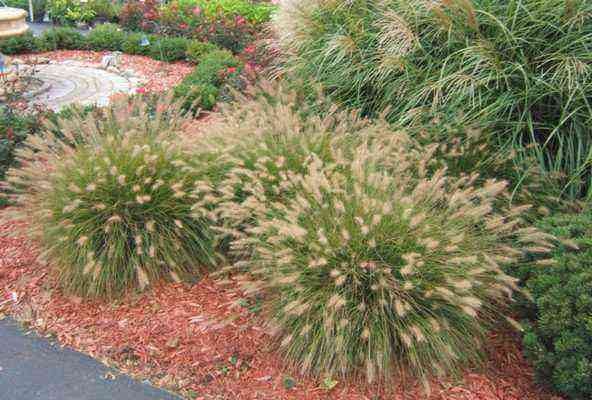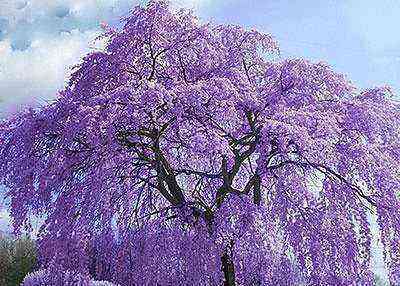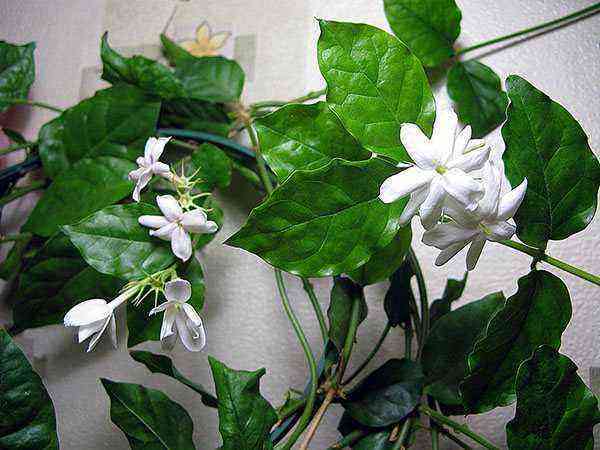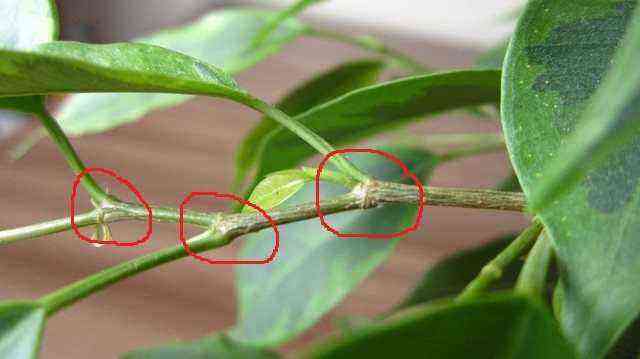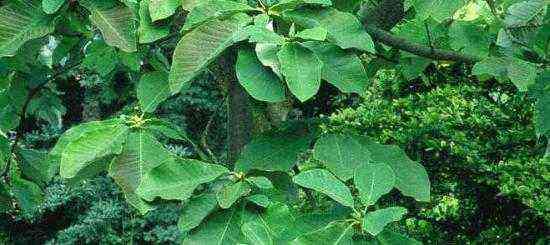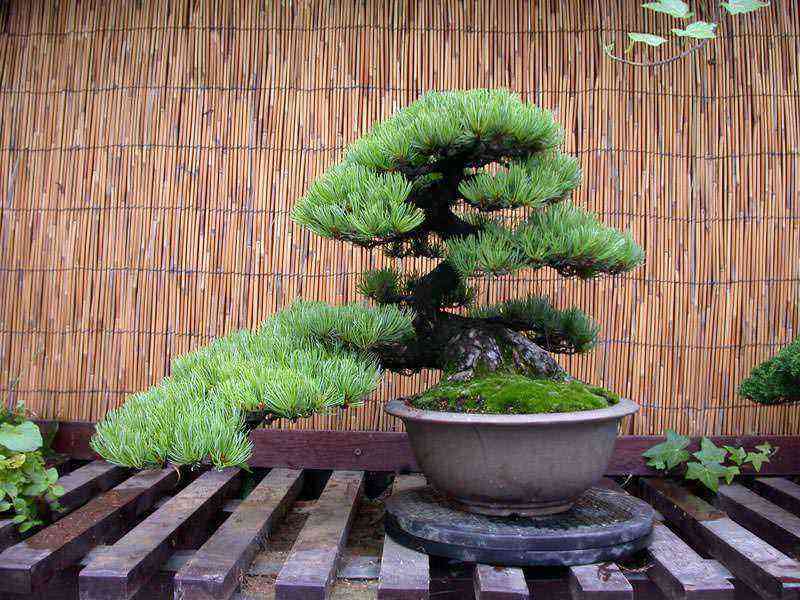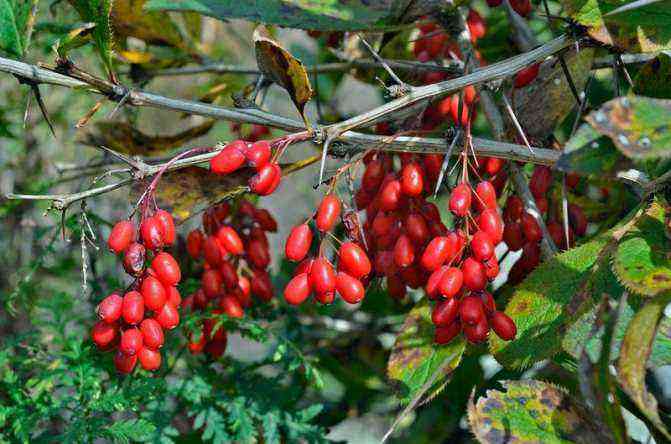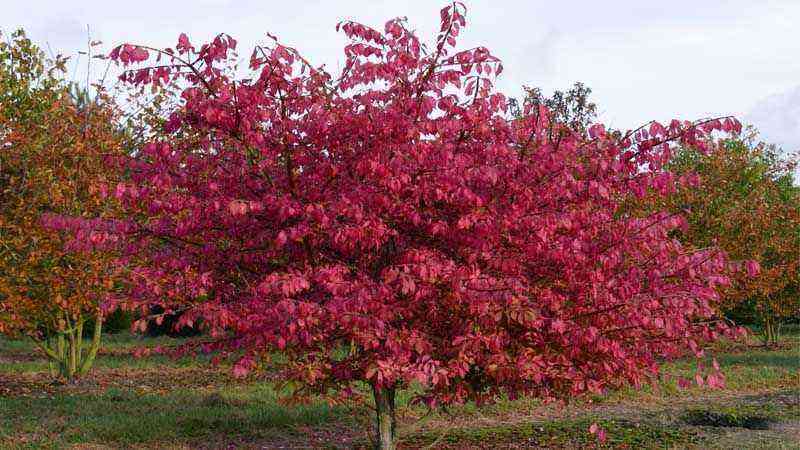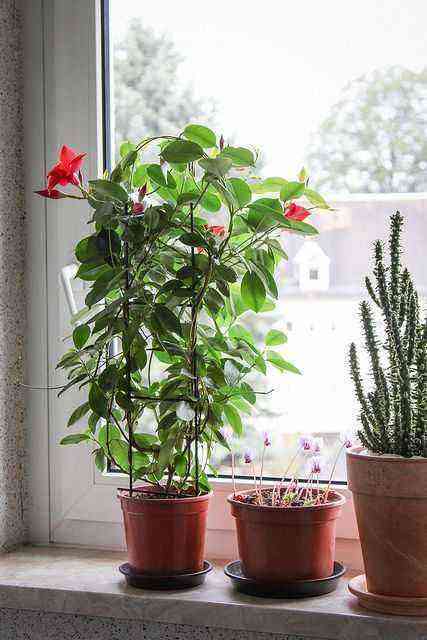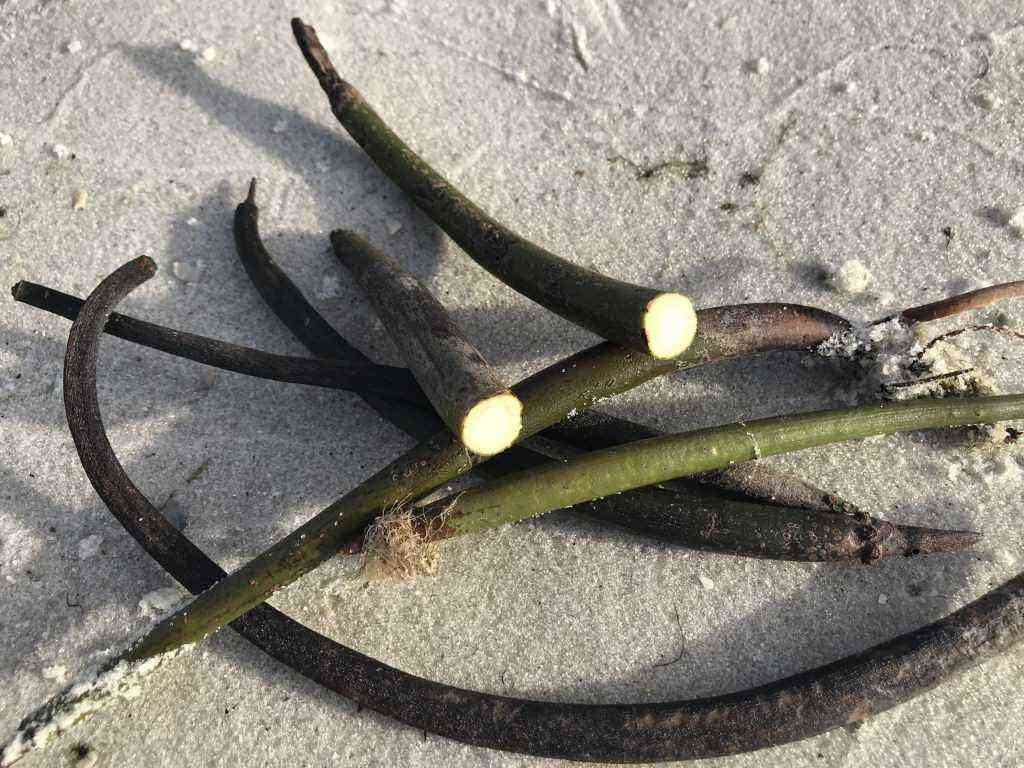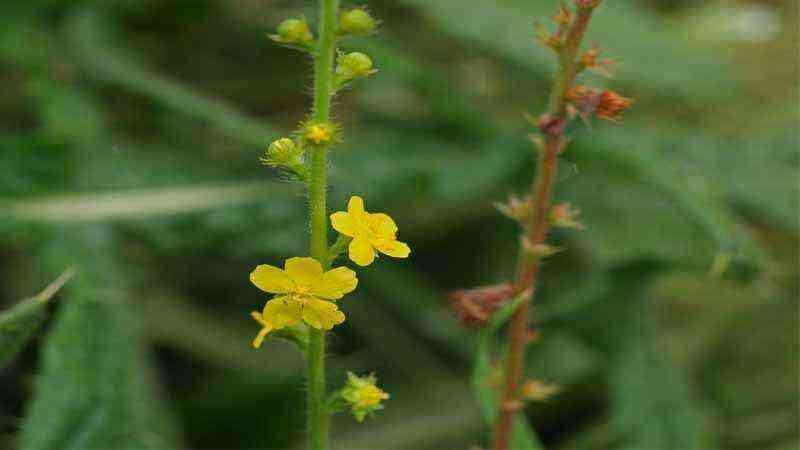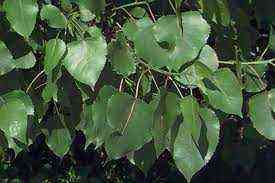At Agromática we do not want to make distinctions between plants. The same thing gives us to make a carnivorous plant, to grow mango, to talk about yucca, etc. I know we have many Mediterranean plants to see, but we move on impulse and today we have given Yuca (Manihot esculenta).
We are going to see everything it takes to grow it in our garden, who knows.
We grow Yucca or Cassava, a typical plant of the tropics
As we usually do, we begin by talking a bit about all the botanical curiosities that surround cassava or manioc. It has a lot of names since it is cultivated in many tropical and subtropical areas, but the best known are those that we have said: cassava or manioc. Just in case, we will play with the scientific term, Manihot esculenta, so there is no risk of confusion.
Manihot esculenta It is classified as a shrub, and can reach several meters in height.
In America, cassava is of great economic importance, since it is a source of human and animal food. It provides a large amount of energy to the consumer, with a good percentage of carbohydrates (33%), calcium, phosphorus and iron.
Climatic and soil characteristics of Manihot esculenta
Remember at all times that it is a plant used to tropical conditions, typical of South America. That means a lot of humidity and a lot of heat. Refrain from cultivating Manihot esculenta those climatic zones that can suffer frost, even if they are slight.
The growing temperatures they are usually around 20 and 30 ºC. Temperatures below 16 ° C (a normal average temperature for almost all temperate zone crops), Manihot esculenta stops its growth. So you can already imagine the dose of heat and humidity through which this plant moves.
A secret (not very secret): according to studies, the best temperature for the maximum yield of cassava is between 25 and 27 ºC, playing with sufficient humidity.
Sun, good temperature and humidity is what it takes to easily grow this plant. Of course, when we talk about humidity we are not referring to rice fields or areas flooded with water, environmental humidity (relative humidity).
With respect to soilIt is quite rustic and adapts to different shapes and textures. And with this we include fertility, since it has managed to grow in poor areas without major problems. A deep, light soil with good porosity is the most indicated.
As to pH there will be no problem as it has a wide range to grow. Acidic soils benefit them but it is not a problem in this regard. It is usually between 5,5 and 8,5. Studies have even been made where cassava or manioc has been able to grow in lathes with a pH below 5,5. Of course, by way of investigation.
If you want to know the pH in which you move, look it here.
Sewer system?
Well yes, here it is important. Think that the humidity has to be high and that means a lot of rains. The earth must be able to filter the water with intensity and not puddle the soil, as this will be a serious problem for Manihot esculenta.
The wind, a great enemy
Be careful with the wind, as it dries out the plant a lot, produces alterations in its growth and drops in yield. It is essential to carry out a prior analysis of the plantation area and block strong winds with windbreaks (whether plant or artificial).
Water and fertilizer needs
Although it is a crop that needs a lot of water to survive, it also adapts to drought conditions. This he does by entering an apparent «latency state»In which it uses the reserves of its roots so as not to perish. Of course, then the returns will be reduced considerably.
Speaking of subscriberIt is a crop that needs many nutrients to grow and thicken its plant parts. For this reason, it extracts enough minerals from the soil, which will have to be compensated, especially nitrogen and potassium.
According to the law of balance, it will be necessary to restore to the soil the same nutrients, at least, that the plant extracts, so that there are no deficiencies or lack of cassava development. In addition, cassava responds very well to the contributions of fertilizers and amendments.
Although it is indicative and depends on the initial conditions of your soil, Manihot esculenta has the following subscriber needs:
- 120 kg/ha N
- 80 kg / ha P2O5
- 120 kg / ha K2O
It is usually expected around 30 days from sowing to apply Chemical fertilizers, and then making new applications every 60 days.
Reproduction form of Manihot esculenta
Stakes are usually used for the cultivation of cassava. The basal and middle part are selected above all for having a higher concentration of reserve substances and for being older. The tip of the base, those parts that have dried and 1/3 of the upper part (total length between 15 and 30 cm) are removed and planted at a depth of between 5 and 8 cm.
The position with which it is planted, be it straight or inclined, does not offer different results in production (Cock y Howeler 1.978).
Main pests and diseases
Among the main pests of cassavaManihot esculenta) we can find:
- Trips (Frankliniella williamsi y Scirtothrips manihoti)
- Lice (Phenacoccus herreni)
- Mites (Tetranychus cinnabarinus y Olygonichus peruvianus)
- Drills (Chilomina clarkei, Lagochirus araneiformis y Coelosternus spp.)
- White fly (social Aleurotrachelus)
Among the main diseases de Manihot esculenta we find:
- Roya (Uromyces spp.)
- Cercospora (Cercospora vicosae)
- Rots (Erwinia carotovora, Phytophthora sp., Rosellinia spp. y Pythium spp.)
